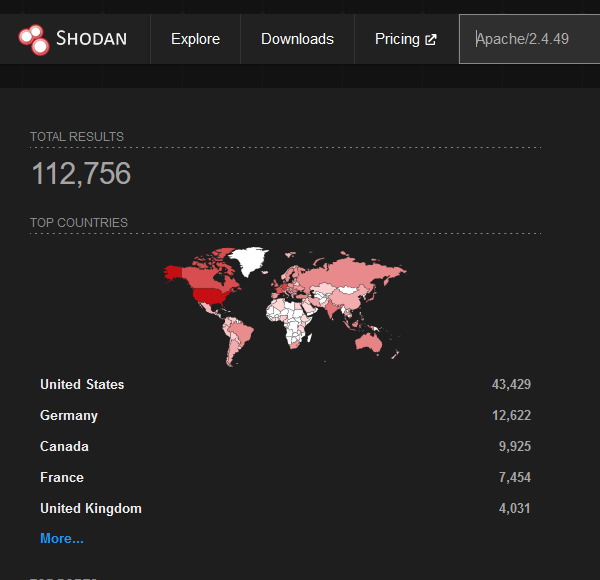
Fast Monitoring Deployment with Datadog
Imagine the scenario where you have an endpoint or server running and you don’t have centralised logging or visualisation of log data and you need to perform some rapid analysis without wanting to stand up a new set of VMs or services, well this is where cloud really can come into it’s own.
Very rapidly we can setup a Datadog account. (this blog will be updated as I deploy and configure) Read more “Fast Monitoring Deployment with Datadog”








